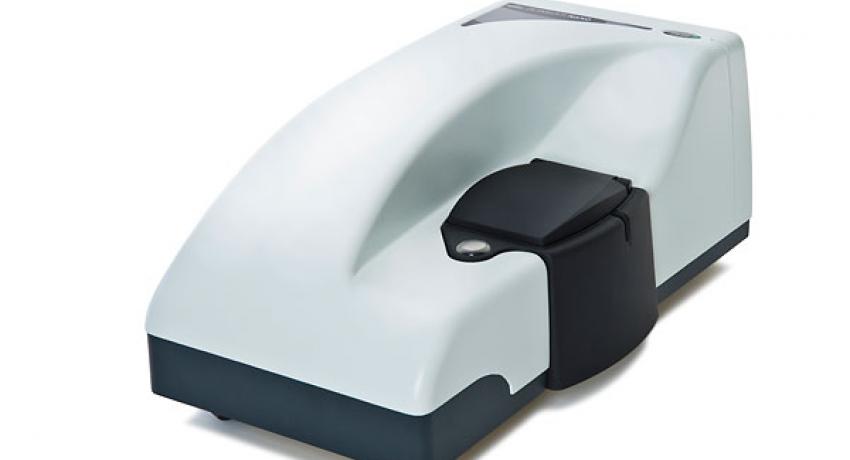The zeta potential of the sample will determine whether the particles within a liquid will tend to flocculate (stick together) or not.
Electrophoretic Light Scattering (ELS) is a technique used to measure the electrophoretic mobility of particles in dispersion, or molecules in solution. This mobility is often converted to Zeta potential to enable comparison of materials under different experimental conditions. The fundamental physical principle is that of electrophoresis.
A dispersion is introduced into a cell containing two electrodes. An electrical field is applied to the electrodes, and particles or molecules that have a net charge, or more strictly a net zeta potential will migrate towards the oppositely charged electrode with a velocity, known as the mobility, that is related to their zeta potential.
The velocity is measured by the laser Doppler technique. There are two implementations of this. One to determine a frequency shift, which can give a full zeta potential distribution and a second known as PALS, where the phase shift is measured. PALS is a more sensitive method, but it only gives an average zeta potential value.
Theory Links: http://www.malvern.com/
Zetasizer Nano ZS. Photo credit: Malvern Instruments
Malvern Zetasizer ZS
In addition to zeta potential, this instrument can also determine particle size.
Applications
- Proteins
- Polymers
- Micelles
- Carbohydrates
- Nanoparticles
- Colloidal dispersions
- Emulsions
- Measurement type: Zeta potential
- Measurement range: 3.8nm – 100 microns (diameter)
- Measurement principle: Electrophoretic Light Scattering
- Minimum sample volume: 150µL (20µL using diffusion barrier method)
- Accuracy: 0.12µm.cm/V.s for aqueous systems using NIST SRM1980 standard reference material
- Sensitivity: 10mg/mL (BSA)


